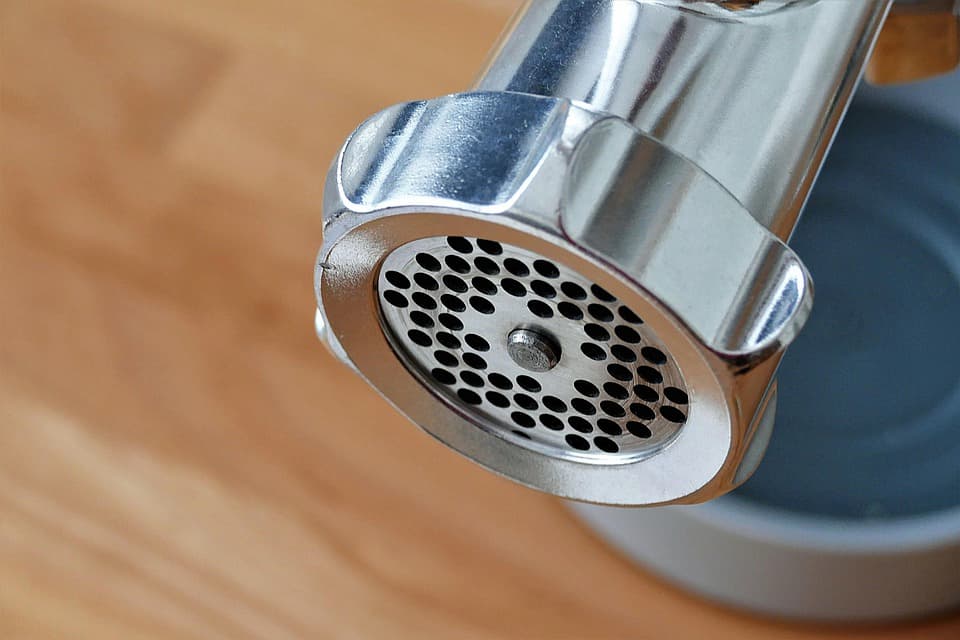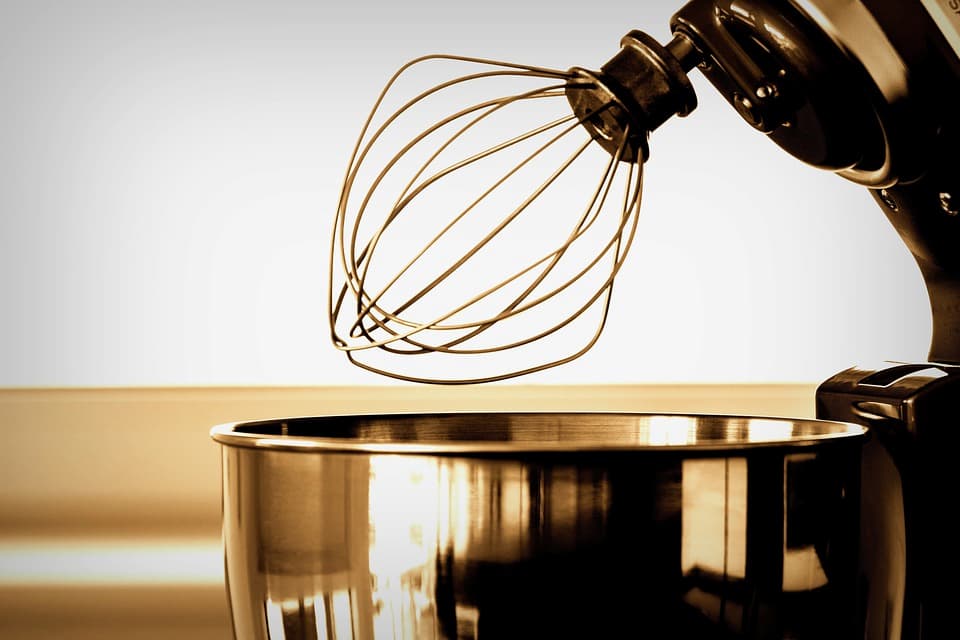A food processor is one of the most versatile appliances in any kitchen. It can shred, dice, chop, and puree a wide variety of ingredients with ease.
But as with any appliance, food processors are not without their appliance repair problems. In this blog post, we’ll take a look at the three most common problems with food processors—and how to fix them.
Problem #1: The Food Processor is Noisy
This is the most common complaint about food processors, and it’s relatively easy to fix. If your food processor is making more noise than it should, there are a few possible causes.
- First, check to see if anything is blocking the blades. If the blades are obstructed, they will create a lot of noise as they try to chop through whatever is in their way.
- Second, make sure that the lid is properly secured. If the lid is not on tight, the food processor will have to work harder to chop the ingredients, and this will create a lot of noise.
- If that doesn’t work, try moving the food processor to a different surface; sometimes, vibrations from a counter can make noise issues worse.
- Finally, if your food processor is more than a few years old, the motor may be wearing out, which can cause it to be noisy. If this is the case, it’s time to buy a new food processor.
Troubleshooting your food processor doesn’t have to be a difficult task. With a little bit of patience and some basic knowledge, you can fix this problem yourself. And, if you’re still having problems with any of your home appliances or in need of a repair fridge in Concord, don’t hesitate to contact the appliance repair technician.
Problem #2: The Food Processor is Leaving Chunks in My Food
No one likes bite-sized chunks in their otherwise smooth and creamy dip or soup. If your food processor is leaving chunks behind, there are a few things you can do.
- First, check to see if anything is blocking the blades or if the blades are dull. If the blades are obstructed, they will have a difficult time chopping through the ingredients evenly. If the blades are dull, it’s time to replace them.
- Second, make sure that you’re chopping the ingredients into uniform pieces before you add them to the food processor; uneven pieces will not chop evenly.
- Finally, add liquids slowly while the machine is running; adding too much at once can cause ingredients to get stuck on the sides of the bowl.
Problem #3: The Food Processor is Leaking
A leaking food processor can be a messy problem to deal with. If your food processor is leaking, there are a few possible causes.
- First, check to see if the bowl or lid is cracked. If either the bowl or lid is cracked, replace it immediately.
- Second, make sure that the O-ring (the rubber ring that seals the bowl to the base) is properly in place and not damaged. If the O-ring is not in place or is damaged, it will need to be replaced.
- Finally, if the seal between the bowl and the lid is not tight, this can also cause leaking. To fix this problem, simply tighten the screws that hold the bowl in place.
- If you’re still having problems with your food processor, contact the appliance repair technician; they may be able to help you troubleshoot the problem or send you replacement parts.

Problem #4: The Food Processor is Smoking
If your food processor is smoking, it’s a sure sign that something is wrong.
Overheated Motor
The most common cause of a smoking food processor is an overheated motor. If the motor overheats, it can cause the oil in the bowl to smoke.
To fix this problem, unplug the food processor and let it cool for at least 30 minutes. Once it has cooled, check the oil level and add more if needed. If the problem persists, contact the appliance repair technician.
Burned-on Food
Another possible cause of a smoking food processor is burned-on food. If there is burned-on food on the blades or inside the bowl, it can smoke when the food processor is turned on. To clean burned-on food, soak the affected parts in a solution of vinegar and water for 30 minutes. Then, scrub the burned-on food with a nylon brush or sponge.
If you’re still having problems with your food processor, contact the appliance repair technician; they may be able to help you troubleshoot the problem or send you replacement parts.
Problem #5: The Food Processor is Not Turning On
There are a few possible reasons why your food processor might not be turning on.
- First, check to see if the bowl or lid is properly positioned on the base. If either the bowl or lid is not properly positioned, the food processor will not turn on.
- Second, make sure that the power cord is securely plugged into the outlet. If the cord is not plugged in all the way, the food processor will not turn on.
- Finally, if the switch is not in the “on” position, the food processor will not turn on.
If you’re still having problems with your food processor, contact the appliance repair technician; they may be able to help you troubleshoot the problem or send you replacement parts.
Conclusion
Hopefully, this blog post has helped you troubleshoot some of the most common problems with food processors. Remember to check the blades for dullness, chop ingredients into uniform pieces, and add liquids slowly for the best results.
And if all else fails, consult a professional technician; who may have additional tips for getting your food processor back up and running smoothly.

